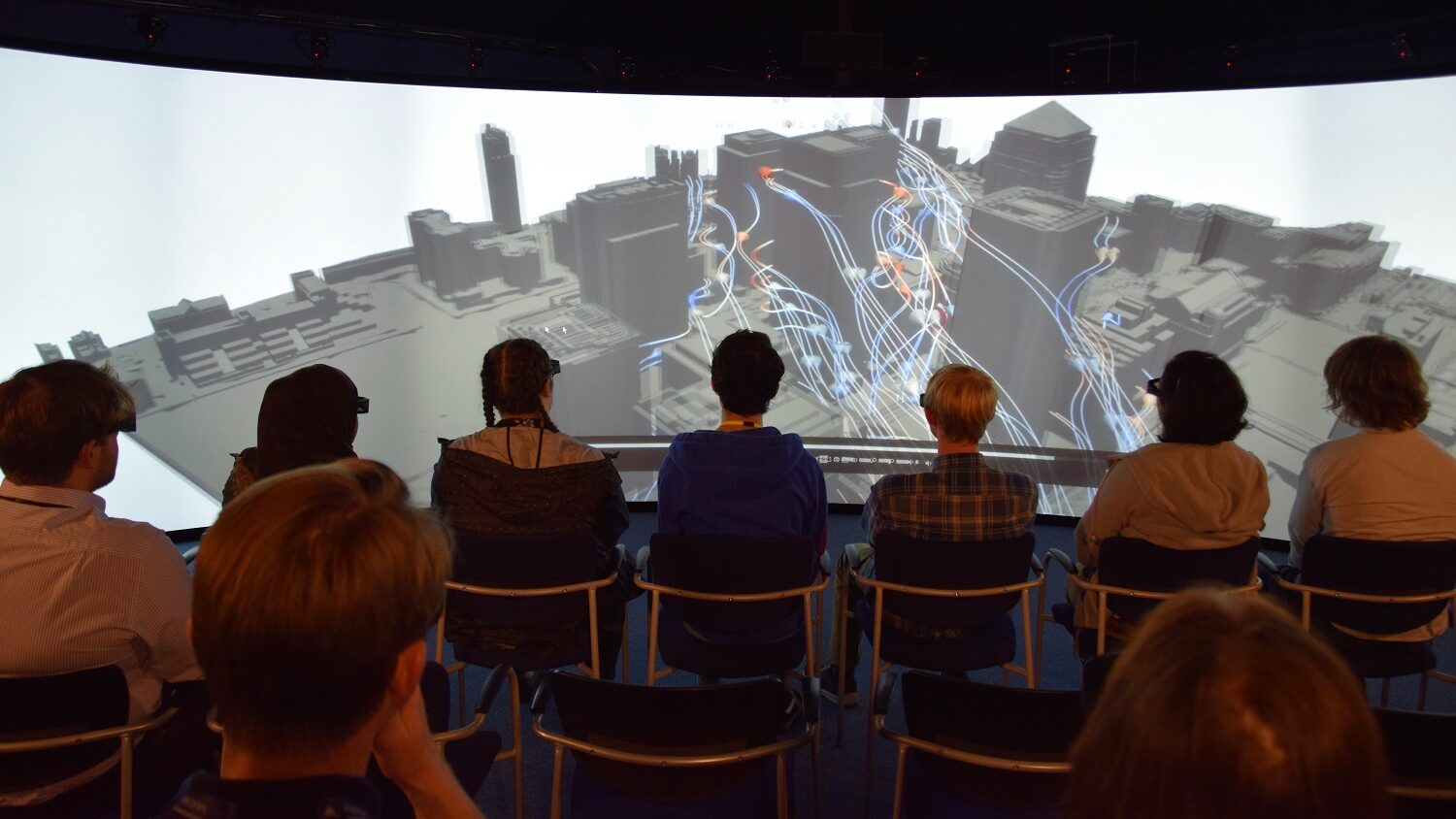Work experience at the Hartree Centre
In this post, we talk about developing activities for the Hartree Centre work experience programme and what happened when we challenged 6 students to work together to build a 20-node mini super computer.

STFC runs a work experience programme every year, with applicants expressing an interest in placements within the centre. Initially, we had a view of taking just one student to join our Future Technologies team, but after hearing about other placements, we wanted to move away from the ‘lone student’ experience and offer a group-based opportunity. We hoped that this would show students how we operate here in multidisciplinary teams working together to solve challenges. As a result, 6 students from local colleges joined us for 2 weeks to find out more about life here at the Hartree Centre.
Student experience
We were certain that we wanted the group to gain an insight into the breadth of projects undertaken by the Hartree Centre, provide an introduction to parallel computing and data science, and for students to have a shared, enjoyable and valuable learning experience. We also wanted to make sure students were able to work towards something tangible and an ‘end product’ that would have a lifespan after the work experience programme.
Our idea was to be able to use the experience of the students building a 20-node Raspberry Pi cluster to build upon existing learning modules we had started to make for a local school, culminating in a set of resources available for our local community. The guidance notes on Wee Archie from our colleagues at EPCC helped direct our thoughts as to how we could structure the programme for students from a variety of academic backgrounds.
Designing the programme
At the forefront of our minds was ensuring each student enjoyed their time with us. With advice from the STFC public engagement team and Hartree Centre group leaders, we created a timetable to first figure out whether our ambitious challenge of building a 20-node cluster was possible.
Secondly, we really didn’t want students to be bored so we made sure the first week of the programme involved lots of hands-on sessions with students interacting with the hardware, tinkering with the kit and building understanding of the software requirements to make it all work. These sessions were interspersed with talks from our subject-matter experts across life sciences and engineering, along with representatives from our industry partners giving an overview of HPC and Interconnect. This helped to paint the picture of how you build and run a large-scale supercomputer. We also invited staff to demonstrate some visualisation, modelling and simulation capabilities, showing off the real-world benefits brought about through our projects and helping bring the subjects to life. All of this combined with staff talks from our systems administrators helped fill in the blanks and knit together learning about hardware, software and industry applications.

When bringing the technical parts of the programme to life, the EPCC guidance notes formed the basis of lesson plans for the cluster building element of the work experience programme. Don’t worry, we didn’t ask them to build the entire cluster on day one…
Working with Raspberry Pi’s
The group started with basic introductions to using a Raspberry Pi and the command line interface. We used the resources on the Raspberry Pi website to build confidence and started to challenge the students to network and get two Raspberry Pi’s talking to each other. We then split the group in half and set the task of building a five-node cluster each. What really struck us during this task was how interactive the session was and how each team would help out if the other team got stuck. It was fantastic to see the group sharing learning, troubleshooting and discovering more about building clusters without our intervention!
We also spent some time experimenting with 64- and 32-bit operating systems to figure out what the benchmarks were like, with the student group doing benchmarking and evaluation. This is very much what takes place here at the Hartree Centre but on a smaller scale and we wanted students’ input for the design and specification of the final Raspberry Pi cluster.
Finding negligible benefits after testing, the group decided on running with the 32-bit operating system, and during the second week they moved on to build the full 20-node Raspberry Pi cluster. We then made sure students had a chance to share their experiences and learning with their parents, teachers and staff across the centre on their final day. It was incredible to hear them talk with so much confidence and enthusiasm about their time with us!

What’s next?
We want to make sure that we use this experience as a legacy for the future and make it work for the Hartree Centre. Our next steps are to build a case for the cluster that allows us to transport it to events and schools. We’re in discussions with our colleagues at the Campus Technology Hub to exchange ideas and figure out how we can involve STFC apprentices to design and build a case. This will help us to make sure that we have a resource that Hartree Centre can continue to use and will help us to continue to share learning with EPCC colleagues and beyond!
Join Newsletter
Provide your details to receive regular updates from the STFC Hartree Centre.
